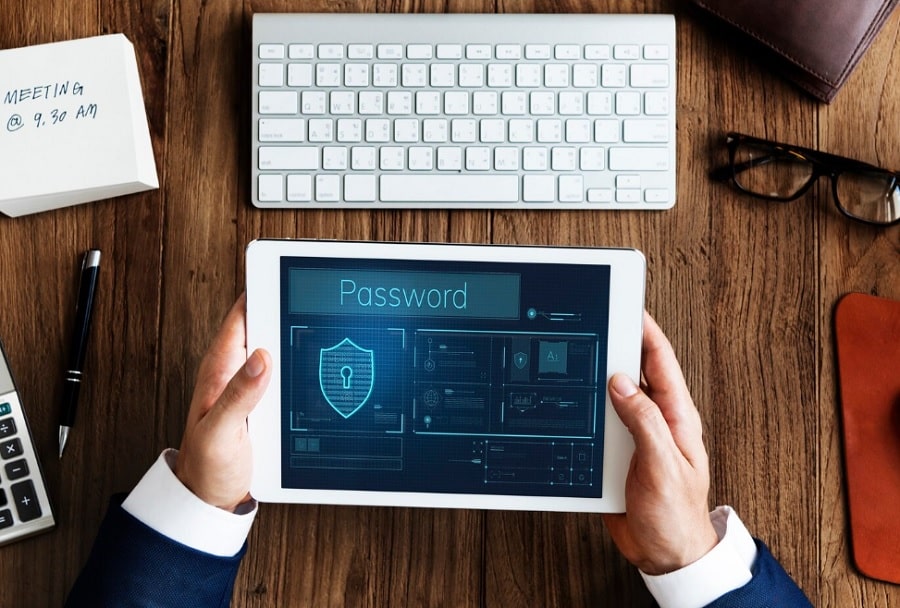In the fast-evolving landscape of digital threats, ransomware has emerged as a formidable adversary for businesses. The potential consequences of a ransomware attack are not just financial; they can also cripple operations and tarnish reputations. As a business owner or decision-maker, the question isn’t whether your organization will be targeted, but rather how prepared you are to withstand and recover from such an attack. In this blog post, we’ll explore practical strategies to bolster your ransomware resilience, but don’t overlook the importance of professional cyber security services.
Understanding the Ransomware Landscape
Before diving into preventive measures, it’s crucial to understand the nature of the threat. Ransomware is malicious software that encrypts your files, holding them hostage until a ransom is paid. Attackers often exploit vulnerabilities in your systems or trick unsuspecting employees through phishing emails.
Stay Informed: The First Line of Defense
Knowledge is power. Regularly update your team on the latest ransomware trends, tactics, and common red flags associated with phishing attempts. Conducting periodic training sessions will empower your employees to recognize and report suspicious activities promptly.
Building a Robust Backup Strategy
One of the most effective ways to mitigate the impact of a ransomware attack is to have a robust backup strategy in place.
Frequent Backups: Your Safety Net
Regularly back up your critical data, and ensure that backups are stored securely. Cloud-based solutions offer convenient and secure options, allowing for quick restoration in the event of an attack. Automate this process to minimize the risk of human error.
Offline Backups: An Added Layer of Protection
Consider maintaining offline backups to provide an extra layer of security. This prevents ransomware from reaching and encrypting your backup files, ensuring you have a clean slate to restore your systems.
Versioning: Protecting Against Overwrites
Implement versioning in your backup strategy to safeguard against ransomware attempts that aim to overwrite or corrupt files. Versioning maintains multiple iterations of a file, enabling you to roll back to a clean state before the ransomware infection.
Immutable Backups: Locking Down Data Integrity
Consider using immutable backups, which are resistant to modification or deletion. Immutable backups add an extra layer of protection by ensuring that once a backup is created, it cannot be altered, providing a secure snapshot of your data at a specific point in time.
Testing Backups: Ensuring Recovery Reliability
Regularly test your backup recovery process to verify its reliability. Conducting these tests helps identify any issues with the backup data or restoration procedures, allowing you to address potential problems before they become critical.
Diversified Storage Locations: Avoiding Single Points of Failure
Spread your backups across multiple storage locations to avoid a single point of failure. If one storage location is compromised, having backups in different locations ensures redundancy and enhances the resilience of your overall backup strategy.
Encrypted Backups: Protecting Sensitive Information
Ensure that your backups are encrypted, both during transit and storage. Encryption adds an additional layer of security, preventing unauthorized access to sensitive information in your backup files.
Strengthening Cyber Hygiene
Good cyber hygiene is the foundation of any effective cybersecurity strategy. Encourage and enforce the following practices within your organization:
Regular Software Updates: Patching the Gaps
Outdated software is a welcome mat for cyber threats. Regularly update your operating systems and applications to patch vulnerabilities. Consider enabling automatic updates to streamline this process.
Strong Password Policies: The First Line of Defense
Implement and enforce strong password policies across your organization. Encourage the use of complex passwords and two-factor authentication (2FA) to add an extra layer of security.
Network Segmentation: Contain the Threat
In the unfortunate event of a ransomware breach, limiting the spread of the attack is crucial. Network segmentation involves dividing your network into smaller, isolated segments. If one segment is compromised, it minimizes the risk of the entire network being affected.
Incident Response Planning
Preparing for the worst is a key element of resilience. Develop a comprehensive incident response plan that outlines the steps to be taken in the event of a ransomware attack.
Clear Roles and Responsibilities: Streamline Your Response
Clearly define roles and responsibilities for key personnel in your incident response team. This ensures a swift and organized response when every minute counts.
Regular Drills: Practice Makes Perfect
Conduct regular simulated ransomware drills to test the efficacy of your incident response plan. Identifying weaknesses and refining your processes will pay dividends in a real-life scenario.
Engage with Cybersecurity Experts
No one understands the world of cybersecurity better than those who navigate it daily. Consider partnering with cybersecurity experts to assess your current defenses, identify vulnerabilities, and tailor solutions to your specific needs.
Cybersecurity Audits: A Proactive Approach
Regular cybersecurity audits can uncover potential weaknesses in your infrastructure before cybercriminals exploit them. Addressing these vulnerabilities proactively strengthens your overall cybersecurity posture.
Conclusion: Building a Resilient Future
In the face of ransomware threats, businesses must adopt a proactive stance. By fostering a culture of cybersecurity awareness, implementing robust backup strategies, strengthening cyber hygiene, and engaging with experts, your organization can build a resilient defense against the ever-evolving landscape of digital threats. Remember, the key is not just to withstand an attack but to emerge stronger on the other side.

